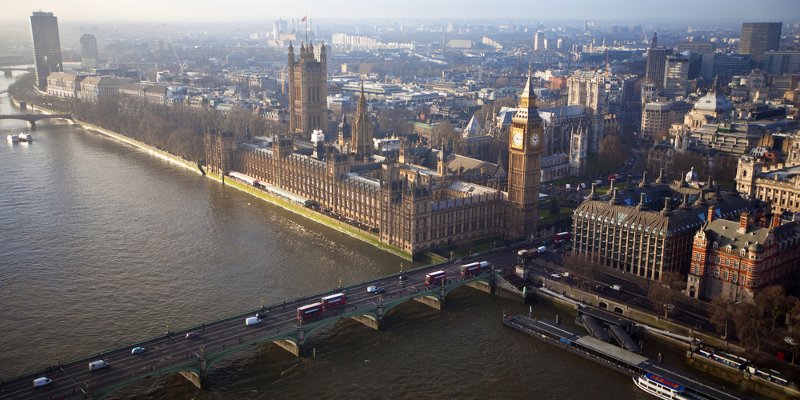London was theregion with the lowest annual house price growth in September,where prices fell by 0.3% over the year, The ONS House Price Index has found.

London was theregion with the lowest annual house price growth in September,where prices fell by 0.3% over the year, The ONS House Price Index has found.
Over the past two years, there has been a slowdown in UK house price growth, driven mainly by theSouth andEast of the country, the English regions with the slowest annual growth. London house prices have fallen over the year each month since March 2018.
Jeremy Leaf, north London estate agent and a former RICS residential chairman, said: “Once again we are seeing prices softening but no dramatic change, underpinned by low mortgage rates and supply.
“The biggest problem we are finding, on the ground, is lack of transactions and the time required to bring them to fruition.
“The price falls in London are masking a more resilient picture elsewhere in the country, underlining how misleading it can be to judge the market as a whole by what is happening in one region.
“Brexit is not the main culprit, although news today that negotiations may finally be coming to a conclusion will be welcome. Historic affordability issues, particularly in London, are more of a problem.
“Yesterday’s news that wages have now been rising faster than inflation for the past eight months will bring a welcome boost to buyer confidence.”
Average house prices in the UK increased by 3.5% in the year to September 2018, up from 3.1% in August 2018. The average UK house price was £233,000 in September 2018. This is £8,000 higher than in September 2017.
On a non-seasonally adjusted basis, average house prices in the UK were unchanged between August 2018 and September 2018, compared with a decrease of 0.4% in average prices during the same period a year earlier (August 2017 and September 2017).
Steve Seal, director of sales and marketing at Bluestone Mortgages, said: “While there is a moderate rise in annual house price growth, there’s no denying that market activity is slowing down.
“With house prices and living costs still going up, many aspiring borrowers are forced to dip into their savings pots when life takes a turn for the worse.”
House prices in England grew slower than other countries of the UK, increasing by 3.0% in the year to September 2018, up slightly from 2.8% in the year to August 2018. The average price in England now £249,000.
House prices in Wales increased by 5.8% over the last 12 months to reach £162,000. In Scotland, the average price increased by 5.8% over the year to stand at £153,000.
The average house price in Northern Ireland currently stands at £135,000, an increase of 4.8% over the year to Q3 (July to September) 2018.
At an English regional level, the West Midlands showed the highest annual growth, with prices rising by 6.1% in the year to September 2018, followed by the East Midlands (6.0%).
While the annual house price growth in theSouth andEast of England is slowing, they remain the most expensive areas to purchase a property.
London is the region with the highest average house price at £482,000, followed by the South East and the East of England, at £328,000 and £294,000 respectively.
The lowest average price continued to be in the North East at £132,000 where the only English region is yet to surpass its pre-economic downturn peak.
Recent negative house price growth in London is driven primarily by inner London, for which annual house price growth has been consistently negative since January 2018.



